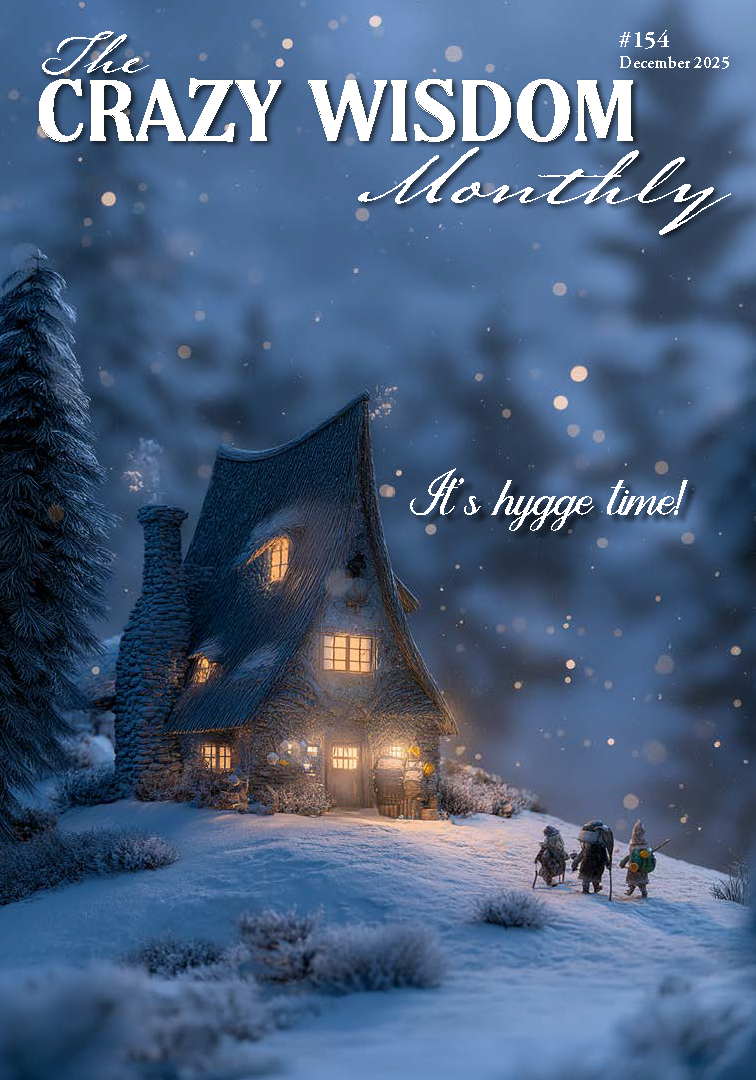By Brandi Lyons
Veda (noun): 1. The most ancient Hindu scriptures, written in early Sanskrit and containing hymns, philosophy, and guidance on ritual for the priests of Vedic religion.
If the word “Veda” is familiar at all, it is likely to evoke images of Hindu mythology. Or it might remind you of the word “Ayurveda,” which refers to a system of healing based on elemental energies. The Western concept of a magical and superstitious India might be why I was surprised to see the country pop up in the BBC documentary The History of Mathematics, which explained that Vedic scholars set forth advanced mathematical treatises 1,000 to 3,000 years ago. They described the concept of zero, the 10-based value method, the techniques of algebra and algorithm, and square root and cube root, for the first time in recorded history. Sanskrit words contextually and phonetically similar to “geometry” and “trigonometry” appear in mathematical texts dating from before India’s contact with Greece, and the word “algebra” comes from the title of the first foreign book describing Indian methods of calculation.
Why did the ancient Indian seers need to invent methods to make such complex calculations? What were they doing? Perhaps the most important thing by their reckoning was the calculation of Vedic astrological charts. These charts were cast not only for the birth of kings but also for the beginning of journeys, at the outset of important endeavors, or in any given moment to seek guidance.
I first discovered Vedic astrology when I began to practice Kundalini yoga as taught by Yogi Bhajan. Yoga and Ayurveda are both said to be branches of Jyotish (Vedic astrology), the “science of light.” The founder of the yoga studio where I practiced was a wise old Vedic astrologer named Mehtab. At the time, I had lost interest in astrology, but a friend bought a reading by Mehtab as a gift for me. When he performed my first chart reading, I discovered that my interest in India and the Vedas went much deeper than I ever imagined.
I had grown up learning about Western astrology, which my mother liked and was very popular among her friends, but the astrology that Mehtab used was an ancient and detailed form I had never seen. It included “remedial measures” prescribed by the Vedic texts. Any problem that could be defined came with an array of treatments to correct it. Whether the subject preferred gems, color therapies, aroma therapies, mantra, meditations, dietary or lifestyle changes, there was an appealing option somewhere in each chart to improve life. This empowering concept thrilled me, since I had never conceived of the idea that a person had any option to strengthen or counteract the events described in his or her birth chart.
An astrology chart has something to say about absolutely anything one can ask. In Western astrology, this information reads like a description of a static pre-destined path. Not so in Vedic astrology, which emphasizes the impact of free will, describing the precise tools each individual can use to reach his or her unique potential. Ironically, I found that Vedic astrology treated the planets much more like symbols of personal and practical concepts in life than their unyielding and often tyrannical Western counterparts, which suddenly seemed oddly superstitious by comparison.
In a Vedic astrology class taught by Mehtab, I learned what he called “arcane knowledge,” which inspired me to begin making charts and diagrams, exploring and arranging new and old concepts that took on new meanings. Planets, chakras, linguistics, aesthetic, and stylistic choices all revealed their interrelationships and intrinsic meanings.
The first surprise I uncovered was in my own chart. “My sign” was not my actual sign at all. Since the Western zodiac does not account for the procession of the Earth’s poles, it is in error by more than a week, meaning that there is a good chance that your Western signs are incorrect. The Western system slides a little bit more out of whack each year, while the Vedic system remains accurate in any century. It showed that all three of my main signs were wrong. The traditional 12 signs are further divided into 27 smaller sub-signs, which explained how two people in the same sign can be so different — something I really took issue with in Western astrology.
In Vedic Astrology the planets each signify a category of roles and activities at play in a person’s life. Their hierarchy of importance follows the same basic order as the actual influence they have on the surface of the Earth itself. The Earth’s orientation, your rising sign, is most important as it represents your body and personality. Second is the moon, which represents your inner mental and emotional state. Third, the sun, signifies the soul and indicates your dharma, public life, and the effects of authority upon you. Next are the five visible planets, like character archetypes, representing their own roles and activities in the world. Each has a strong personality, and is located in one of twelve houses describing every domain of life, in a sign that adds its own atmosphere.
So, basically, the planets are like people and the roles they play. The houses are areas of life, like career or home. The signs are the condition and feel of those areas.
There is also an extremely useful “mahadasha” system to plot the unfolding time periods unique to one’s life, each ruled by different planetary influences. This is not to say that they dictate what happens. Instead, they mark the influences and probabilities at different stages, giving us a heads up when it might be a good or bad time to start a business, have a child, go to school, or any other activity we might consider.
The world around us is full of tools with hidden meaning that we can use as we assert our own free will. Ayurveda is meant to be used with Vedic astrology to not only heal the body but to support all of life’s activities. We are all meant to solve the unique puzzle of our lives.
What is the use of much speaking? Whatever object exists in this moving and non-moving world cannot be understood without the base of Ganita (mathematics).
– from the Vedanga Jyotisha text, 1,000 B.C.E.
Brandi Lyons is a concept artist and Vedic astrologer, who recently moved to Ann Arbor from Austin, Texas. She has studied Vedic astrology and Kundalini for three years, and she spends her time tinkering with diagrams as she seeks to recombine ancient systems for healing into a new form with practical modern applications. For more information, email ayurvedicastrology@gmail.com or visit ayurvedicastrology.wordpress.com.































































































































































































